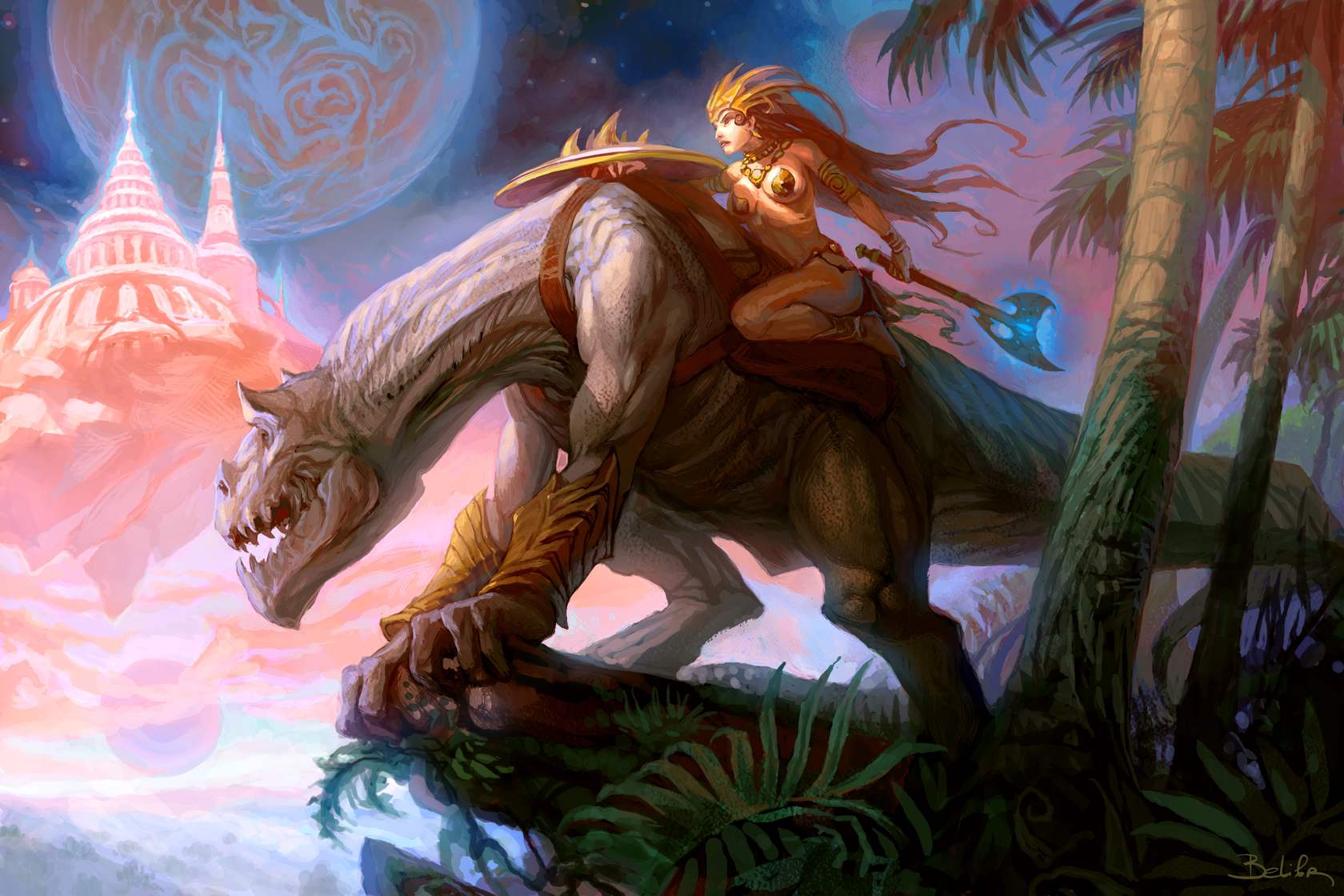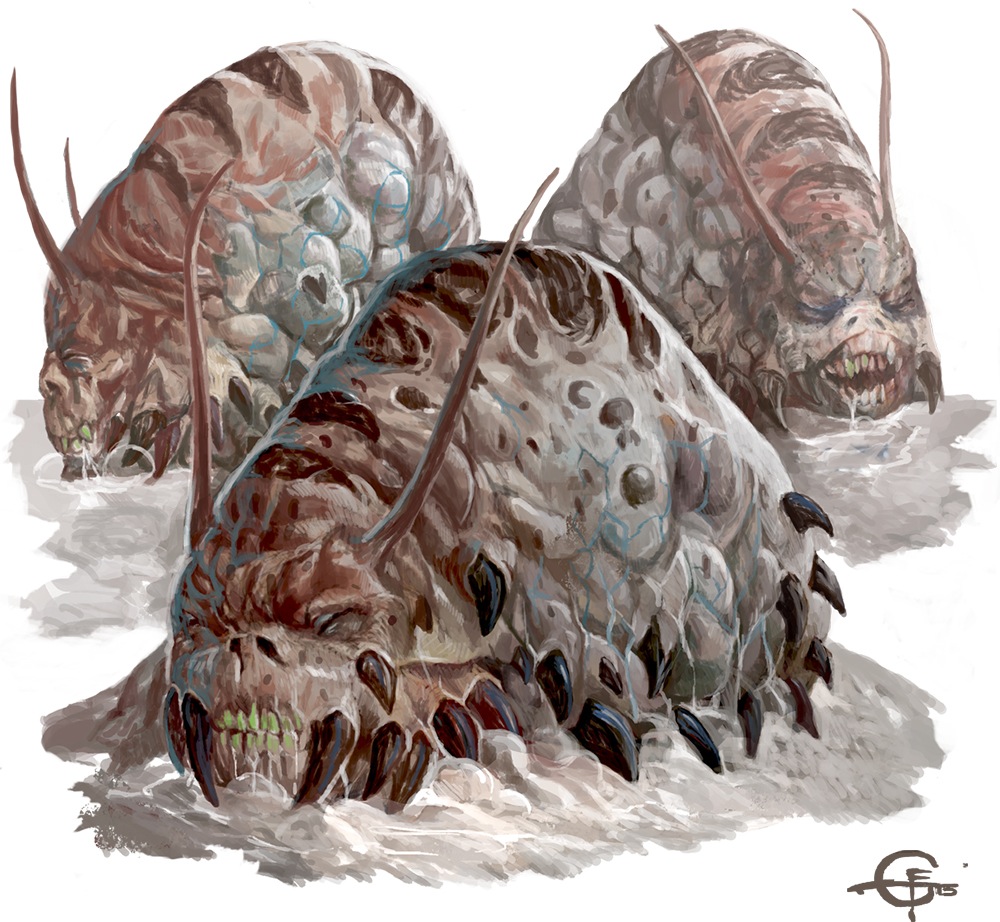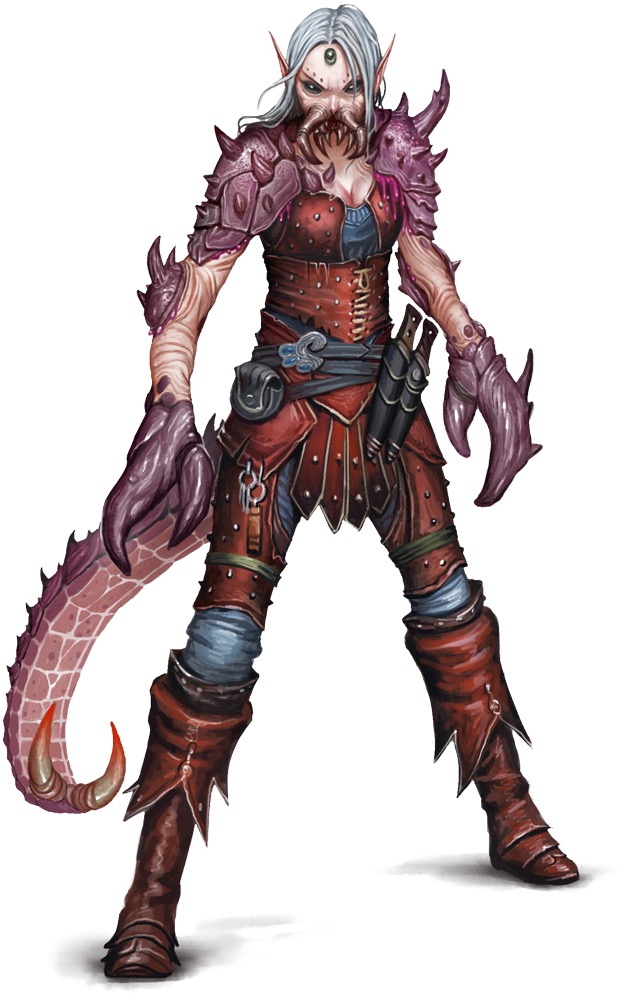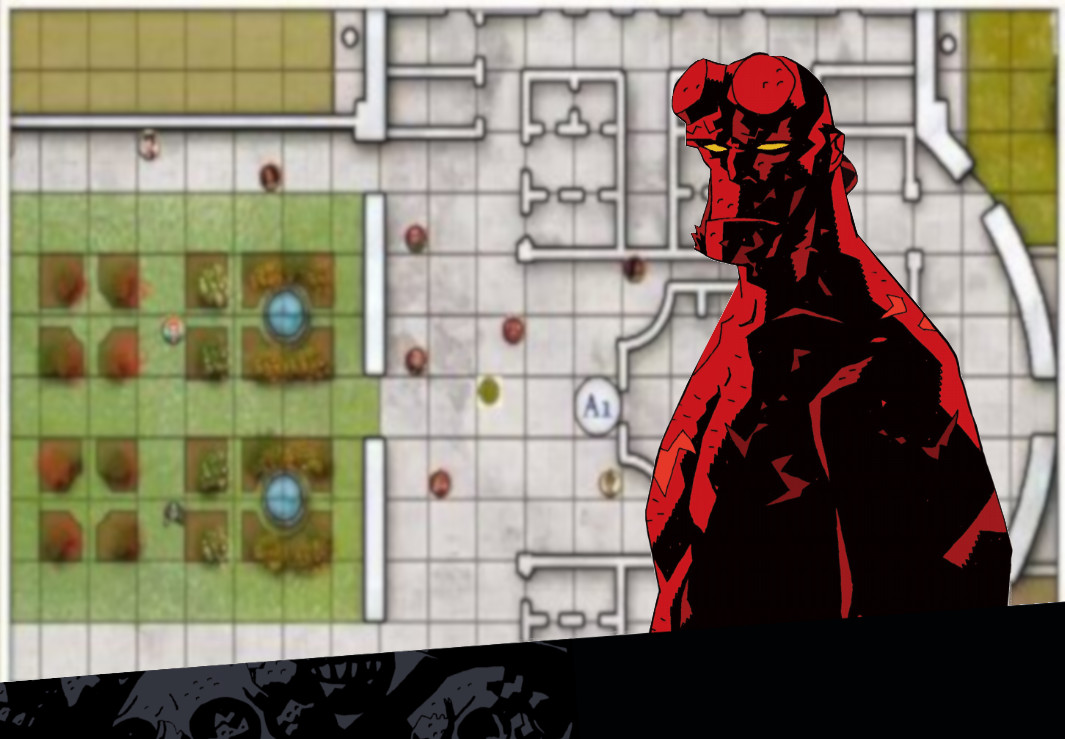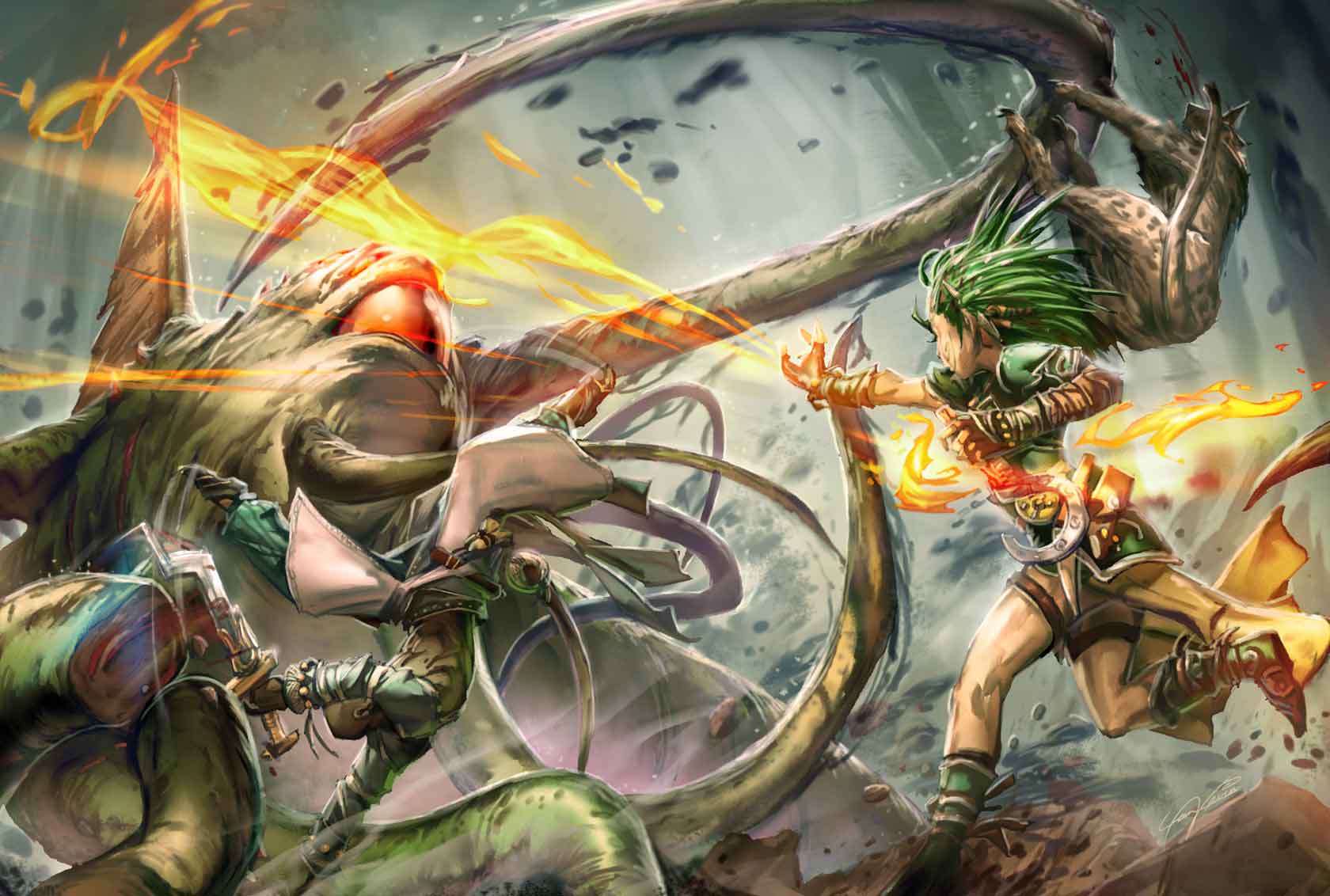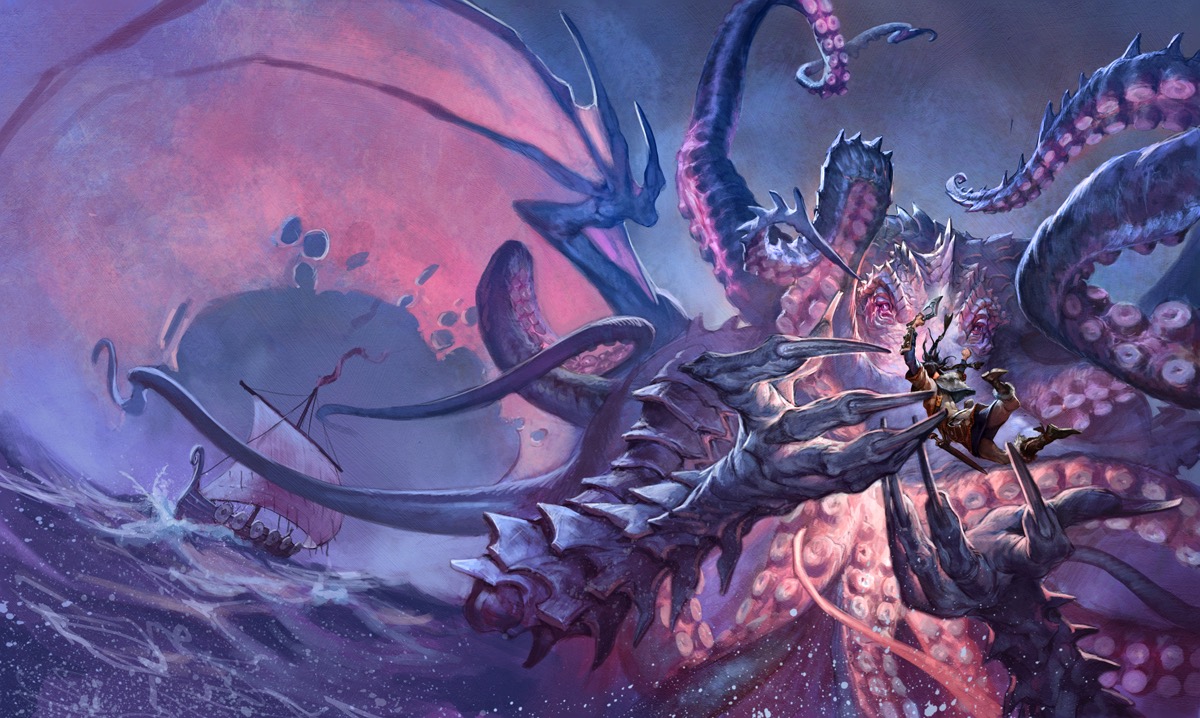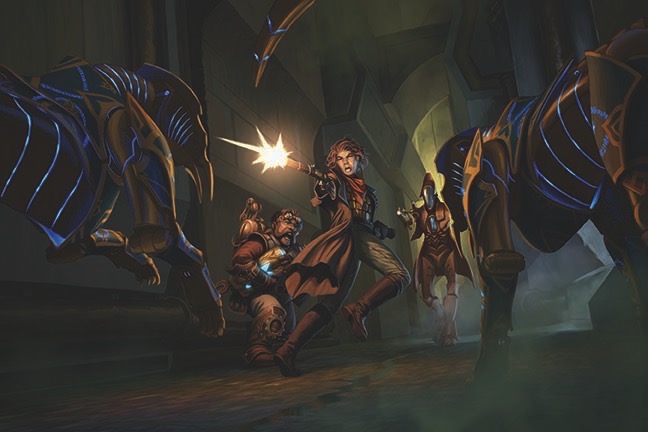Dear Oras, God of flesh hoarding, genetic fraudulence, and biological monopolies,
I find your continued silence on the matter of my ascension to be increasingly frustrating. It was one thing to be ignored when I unleashed my little fleshy sprouts across the cosmos. But then I touched the essence of divinity itself, unshackling mortals from their linear biology, and you still remained stone-faced. And I know you saw them. The so-called God of Evolution does not miss an epidemic of their followers bursting into people-spaghetti.
I see now that more drastic measures have to be taken to get your attention. Before, I was focused on creating new abominations, but you’ve ignored it. Now, I will change something that already exists. Something that nearly everyone holds dear. In fact, I think I’m going to spread my influence to one of the oldest pillars of the universe.
That’s right, I’m revoking your elf privileges.
Hello and welcome to Eldritch Excursion, the blog that looks at the intersections of mechanics and flavor by seeing what happens to one when you completely replace the other. Thanks to recent developments in temporal shenanigans, we’re going way back to change a few vital aspects of the Pathfinder setting. Remember elves? You may know them for their expert archery, arcane prowess, or their Any% Tool-Assisted speed run tech, but I’m going to put my own little spin on them.
Elf
Elves are a species of highly adaptive aliens that came to Golarion thousands of years ago. While their features can vary greatly, they most often come in a humanoid shape with tall, slender bodies. Their skin color can come in the full spectrum available to humans, but cases of blue, violet, and greenish pigmentation are not unheard of. Elves have keen eyes that come in any number of colors, but tend to be darker, and they feature irises so large as to make the whites in their eyes nearly unnoticeable.
The unusual life cycle of the elves is their most unique feature. Elves are born bearing the body of insectoid larvae with blind humanoid faces. These elflings are watched over by other elves for several years until they go through a metamorphosis. At this time, the larval elf weaves a chrysalis around itself, remaining dormant for nearly a century under the continual care of their kin until emerging as a fully grown, mentally matured adult.
Stranger still is the what happens after maturation. Each adult elf remains an active member of the community for some time, usually a few decades, before striking out on their own. This elf, seemingly overcome by some instinctual drive, restlessly travels into an environment that they find suitable. Then, they undergo a second metamorphosis. This is a gradual process in which the elf mutates into an entirely different creature that exists on Golarion. The elf may end up gaining an ogre’s worth of weight, shedding flesh until they’re as light as a pixie, or transforming from a mammal to a plant or insect.
The change is so thorough that no previous distinctions of the old body remain; even divination magic detects the new form as its own creature. Scholars are completely baffled as to why elves evolved to “grow out” of their own ancestry, and how their new forms even manage to breed true with their “adopted” species. Elves usually transform into plant, aberrant, and bestial forms. This has spawned the idea that elves themselves are the larval form of many species on Golarion. While the idea has gained some popularity in recent years, it is still dismissed as a fringe conspiracy theory by the greater scientific community.
History and Culture
Elves speak a strange language, known simply as Elven to outsiders, a secret tongue that relies on layers of expression: its mix of vocal utterances, distinct pheromones, and subtle movements make it impossible to translate by traditional methods. Among those who study elves, the more magically inclined speculate that elves have some kind of inherent telepathic connection, which may explain how they emerge from the chrysalis as fully functional adults. Despite research proving elves have the anatomy to verbally communicate and well beyond the cultural complexity to do so, precious little documented evidence exists of elves contacting outsiders.
Elven communities are small and live in harmony with the environment, guiding plants to grow into shapes that can better shelter them rather than building homes from harvesting raw materials. Using magic to enhance this growth or to shape the stone around them is also not unheard of. Elves prefer communal living with wide open indoor spaces to accommodate the cocoons that often outnumber their waking population threefold. This gives their architecture a certain alien, organic appearance, as if Golarion itself is evolving to accommodate them.
Religion
Long ago, the goddess known as Calistria grew jealous of the talents of two talented deities: the siblings Shelyn and Dou-Bral. This envy eventually drove her to abandon Golarion and wander the cosmos, and as she wandered the dark places between and beyond the planes, she was eventually corrupted by an alien being. By the time she returned to reality, she was reborn as the twisted Xaya’norath, abandoning her graceful elven form for that of an aberrant and bloated wasp queen.
According to elven legend, this dark goddess created their people and sent them to Golarion through tears in reality as a means of reclaiming Golarion as her own. Her children would become the elements, the trees, the beasts, and all other things that do not worship the gods that she believes to have betrayed her. This puts her at odds with most other deities, with a few exceptions. Shelyn and Dou-Bral work together to try and free her of her pain and return her to her former glory. Lamashtu sees Xaya’norath as an upstart encroaching upon her portfolio, though the shared overlap leads to them being passionate collaborators as often as violent rivals.
Elves in Play
In this alternate timeline, elves are meant to serve the role of a cryptid in the woods or some kind of mystery befitting the Dark Archives. Alien, distant, and unsettling. As a result, they’re disconnected from the usual expectations and comforts of a player character ancestry. Elves seen in the wild are likely loners who are in the final stages in their life, already mutated into a half-recognizable mockery of an otherwise familiar creature. While not inherently violent, they are extremely protective of their secrecy. PCs going on adventures to sell knowledge about the elves could certainly fetch a rich reward from ritualists and xenobiologists, but it’s also possible for PCs to fight against less scrupulous mercenaries that wish to steal elven artifacts and capture specimens (dead or alive) for research.
Elven NPC stat blocks can reflect their mutagenic nature, especially in the late state of their life cycle, by simply flavoring an existing stat bloc. Give it the Elf trait to represent their vestigial heritage and throw a little body horror into the flavor text.
Elves as PCs represents a greater challenge. How do you humanize something that is deliberately being dehumanized? This one may work best with the GM working with the PCs to flesh out the details. Perhaps elven communities each have vastly different cultures and goals? Or perhaps elves are more unified, but it’s the other humanoids who seems strange to them? Consider playing up the eco-horror of watching urban settlements forcefully transforming the lands, and how their crafts butcher the earth to create dead and stagnant objects. In other words, elves seeing humans and dwarves as humans and dwarves see intelligent undead.
In terms of mechanics, the elf ancestry is functional enough, since most of the changes to their biology matter before or after their adventuring years. Treating the Beastkin (wasp) versatile heritage as a commonly available option for elves can play up the connection to their goddess. And as with goblins and Lamashtu, elves are not required to be a monolithic culture that all blindly worship Xaya’norath, though the GM and players can absolutely lean into that if they want to play up the shared psychic connection as some sort of hive mind.
And there you have it, my take on creepy elves, with a few handy tricks for using the game’s base mechanics to play them. Come back next time when I think of creative ways to explain the game’s mechanics very poorly.

